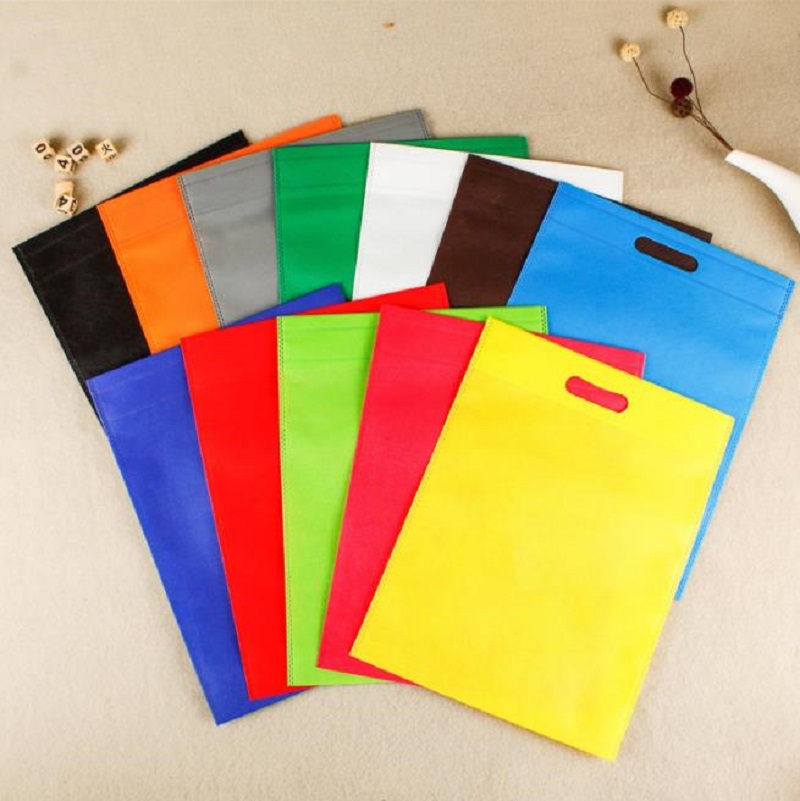Non-woven fabric is a type of fabric that is made from fibers or filaments that are bonded together without weaving. It is commonly used in a wide range of applications, including medical and hygiene products, filtration systems, packaging materials, and more.
Here are some key features of non-woven fabric:
Manufacturing process: Non-woven fabric is manufactured using a variety of methods, including mechanical, chemical, thermal, and solvent bonding. These methods involve bonding the fibers or filaments together using heat, pressure, or adhesives.
Composition: Non-woven fabric can be made from a variety of materials, including natural fibers like cotton or wool, as well as synthetic fibers like polyester, nylon, and polypropylene. The composition of the fabric can be customized to meet the specific needs of the application.
Properties: Non-woven fabric can have a range of properties, including absorbency, softness, strength, and durability. These properties can be influenced by the manufacturing process and the composition of the fabric.
Applications: Non-woven fabric is used in a wide range of applications, including medical and hygiene products like surgical gowns and masks, wipes, and diapers. It is also used in filtration systems, geotextiles, automotive interiors, and packaging materials.
Sustainability: Non-woven fabric can be produced using recycled materials and can be recycled after use. It can also be biodegradable, depending on the materials used in its production.
Overall, non-woven fabric is a versatile and widely used material that has a range of properties and applications. Its composition and properties can be customized to meet the specific needs of the application, and it can be produced using sustainable materials and processes.
The manufacturing process of non-woven fabric can have a significant impact on its properties.
Here are some ways that different manufacturing processes can affect the properties of non-woven fabric:
Mechanical bonding: Mechanical bonding is a process where fibers or filaments are entangled to form a web using needles or high-pressure water jets. This process can result in non-woven fabric with high strength and durability, china nonwoven fabric supplier but it may not be as soft or absorbent as other types of non-woven fabric.
Chemical bonding: Chemical bonding involves using adhesives or chemical reactions to bond fibers or filaments together. This process can result in non-woven fabric with high strength and softness, but it may not be as durable as mechanically bonded fabric.
Thermal bonding: Thermal bonding involves using heat to melt the fibers or filaments together. This process can result in non-woven fabric with high strength and durability, but it may not be as soft as other types of non-woven fabric.
Solvent bonding: Solvent bonding involves using a solvent to dissolve or soften the fibers or filaments and then bonding them together. This process can result in non-woven fabric with high strength and softness, but it may not be as durable as other types of non-woven fabric.
In addition to the manufacturing process, the composition of the non-woven fabric can also affect its properties. For example, using natural fibers like cotton or wool can result in non-woven fabric that is soft and absorbent, while using synthetic fibers like polyester can result in non-woven fabric that is durable and water-resistant.
Overall, the manufacturing process of non-woven fabric can have a significant impact on its properties, including strength, softness, absorbency, and durability. It’s important to consider the specific needs of the application when choosing a type of non-woven fabric and selecting the appropriate manufacturing process.
